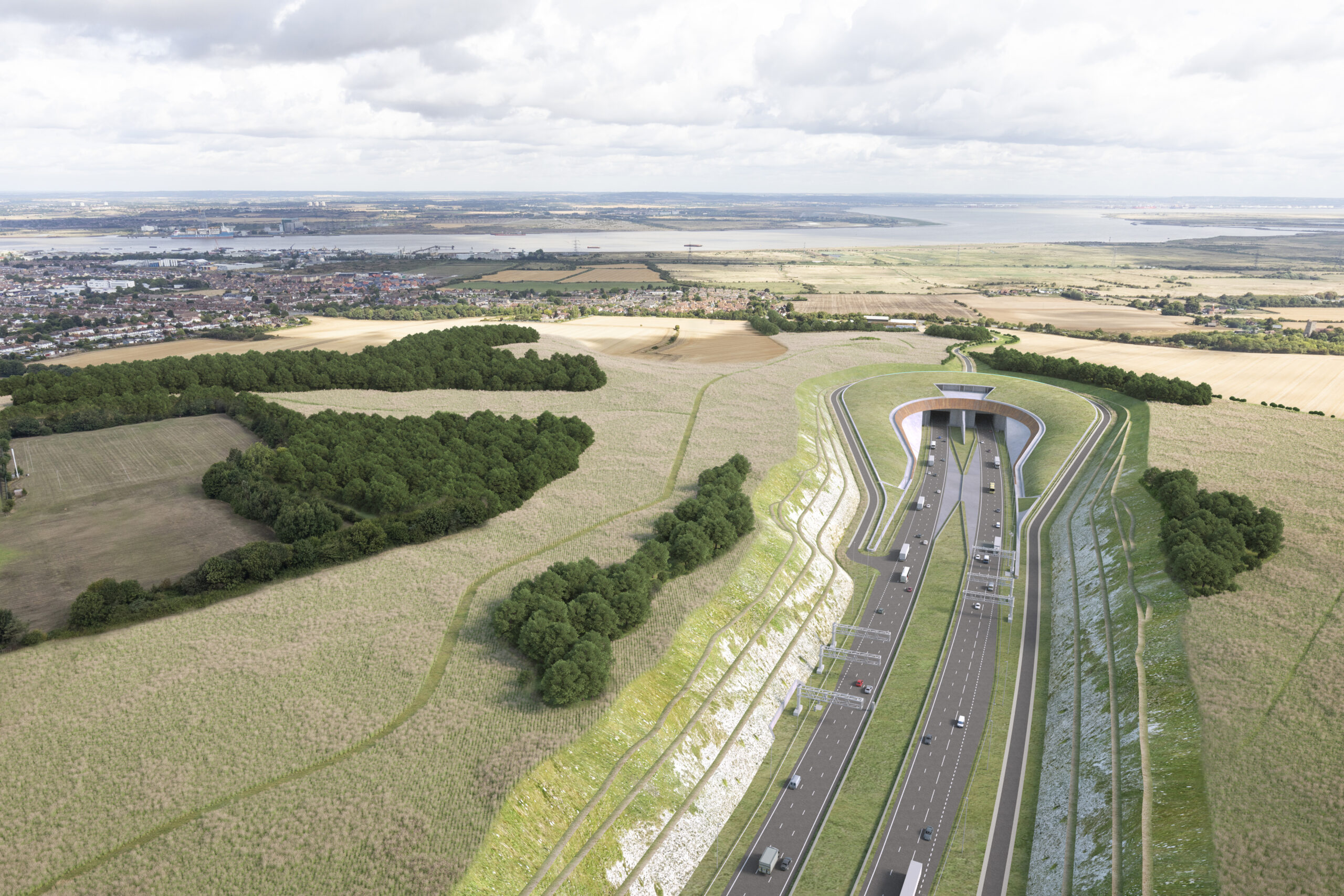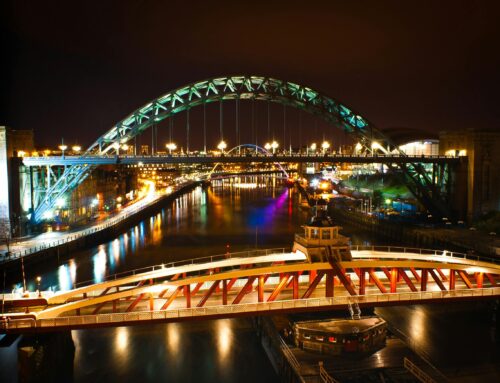National Highways might have talked up the environmental credentials of the Lower Thames Crossing (LTC) – stating that it has been designed to be “the greenest road ever built in the UK” – but questions have been raised over a key part of the carbon emissions justification for the scheme.
Highways magazine recently reported that carbon claims made in relation to the project had been “thrown into doubt”, following the decision by UK Prime Minister Rishi Sunak to delay the ban of petrol and diesel vehicles until 2035.
What is the background of the environmental claims made about the LTC?
National Highways had previously stated that it could reduce projected user emissions by 80%, as a consequence of a decision to switch from the Government’s recommended Emissions Factor Toolkit (EFT) method, to one it had developed to take account of the Decarbonising Transport Plan of the Department for Transport (DfT).
A key part of that plan had been a 2030 ban on new petrol and diesel vehicles in the UK.
The usual method for forecasting greenhouse gas (GHG) emissions entails the use of the TAG GHG Workbook and EFT version 11, “which includes forecasts of the mix of vehicles (petrol/diesel/electric) in the fleet, and engine fuel efficiency up to 2050”.
Although the development consent order (DCO) application that National Highways submitted for the LTC last autumn noted this, it added that the EFT “does not reflect the policy commitments set out within DfT’s Transport Decarbonisation Plan”.
The DCO application had further said: “To address the gap between the current assessment guidance and Government policies, the DfT has approved a sensitivity test to review the potential impact that new policy measures set out within the Transport Decarbonisation Plan will have on the Project’s road-user emissions.”
The Government-owned company had stated that the official EFT method projected that operational (mainly traffic) emissions would go up by 4.8 million tonnes of CO2 equivalent (tCO2e) over an appraisal period of 60 years. But it added that applying the “sensitivity test” brought a 76% to 88% reduction in emissions, to between approximately 0.561 and 1.175 million tCO2e.
DCO “not affected” by new petrol and diesel cars not being banned until 2035
When Highways questioned the Government-owned company on what the Prime Minister’s delay to the ban meant for its DCO, the organisation said that its application was “not affected” by this change.
A National Highways spokesperson said that “we stand by our DCO application.” They added that the EFT method represented only “limited adoption” of zero-emission vehicles, and “does not reflect the current rate of uptake of electric vehicles (EVs), or how that is expected to accelerate in the future.”
This was despite the organisation having previously expressly said that the decrease in the projected figures achieved through the use of the “sensitivity test” was largely based on the understanding that new petrol and diesel vehicles would no longer be sold from the end of this decade.
Carbon claims “in tatters” as a consequence of the change
National Highways’ latest stance was not one appreciated by Transport Action Network’s Rebecca Lush, who said that the company had been “hiding behind the speculative policies in the decarbonisation plan to justify increasing traffic and emissions with its road schemes, including the £10 billion Lower Thames Crossing.”
She continued: “The whole plan is dependent on electrification and banning new fossil fuelled cars, yet this flagship policy has now been significantly delayed, leaving the decarbonisation plan and National Highways’ claims in tatters.”
Are you on the lookout for the well-qualified, skilled, and knowledgeable transport consultants who could be instrumental in the realisation of your own transport infrastructure project’s potential? If so, please feel free to reach out to the nearest Transport Planning Associates (TPA) office to you.





